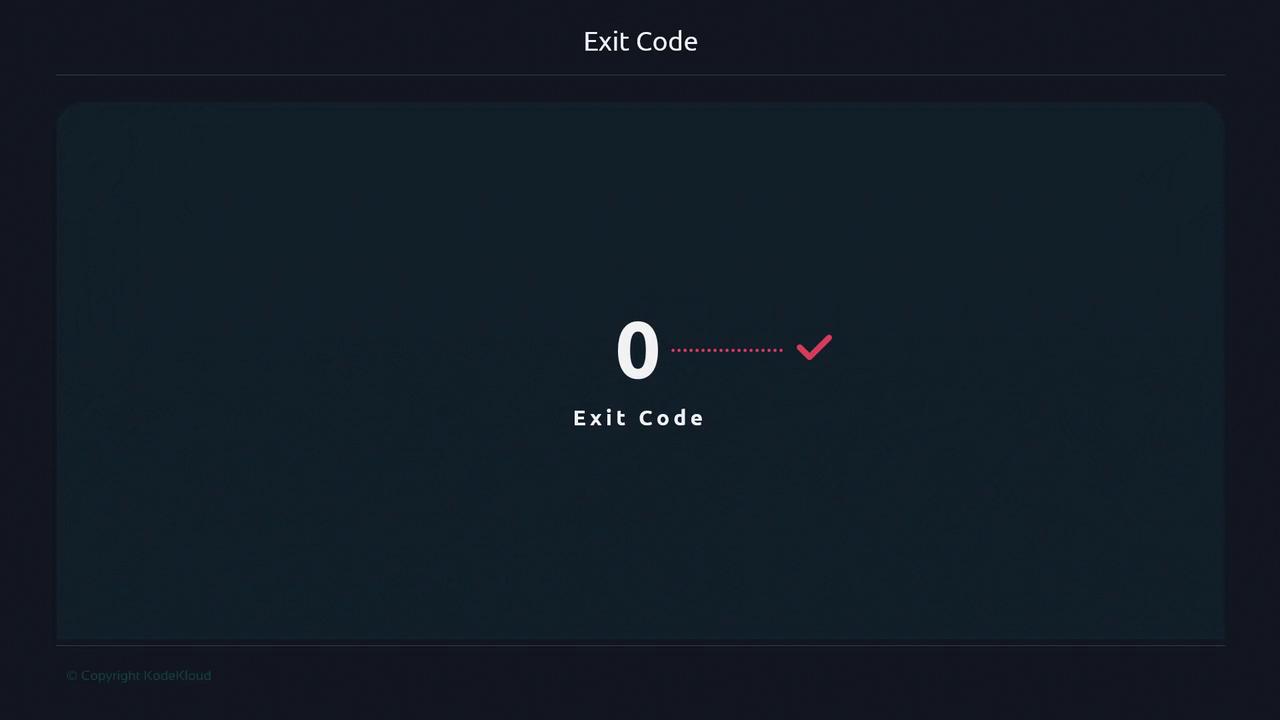Advanced Bash Scripting
Streams
Exit code
Applications and commands in Unix return an exit status—a numerical code indicating success or failure. By convention, a zero exit code means success, while any non-zero code signals an error. Understanding these codes is crucial for writing robust shell scripts and ensuring predictable automation.
Analogy: The Food Delivery Driver
Consider a food delivery driver verifying an address before dispatch. If the address is correct, the driver proceeds. If it’s wrong, they return with an error report. This mirrors how scripts and commands operate: they check conditions, perform tasks, and then report their status.
![]()
How Exit Codes Work in Unix
Every Unix-based command finishes with an exit code:
- 0: Success
- Non-zero: An error occurred

Common Exit Codes Table
| Exit Code | Description |
|---|---|
| 0 | Success |
| 1 | General error |
| 2 | Misuse of shell builtins |
| 126 | Command invoked cannot execute |
| 127 | Command not found |
| 128+ | Fatal error (invalid argument to exit) |
Warning
Exit codes are constrained to the range 0–255. Any value above 255 wraps around modulo 256.
Certain exit codes are reserved by the shell or operating system. Defining your own codes (above 2) helps callers distinguish between different failure modes.
Custom Exit Codes in Your Script
Below is a template that checks for a configuration file and terminates with meaningful exit statuses.
#!/usr/bin/env bash
export CONF_FILE="/var/tmp/file.conf"
terminate() {
local message="$1"
local code="${2:-1}"
echo "${message}" >&2
exit "${code}"
}
echo "Starting script execution"
echo "Sourcing configuration file"
if [[ ! -f "${CONF_FILE}" ]]; then
terminate "Configuration file not found: ${CONF_FILE}" 2
fi
exit 0
Note
Use clear, documented exit codes in your scripts. This makes it easier for users and other scripts to handle errors automatically.
References
Watch Video
Watch video content
Practice Lab
Practice lab